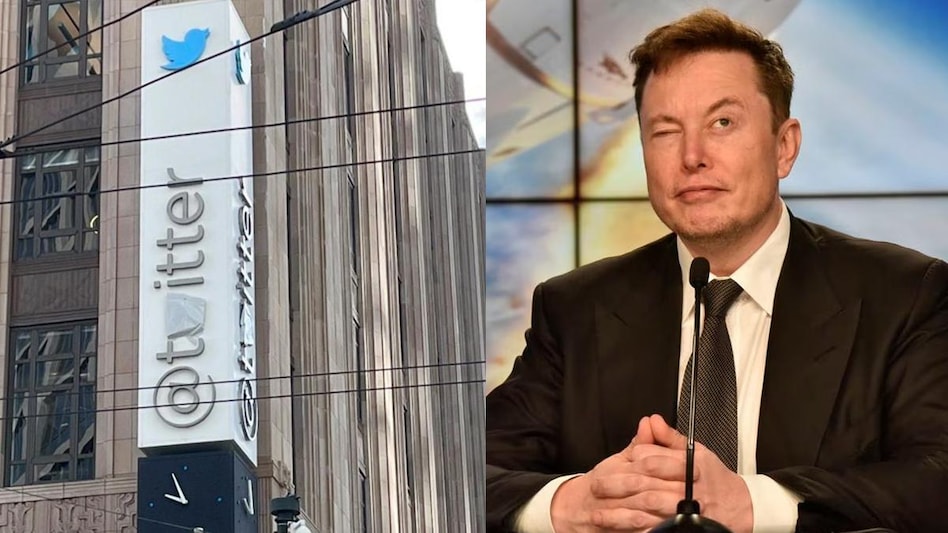Foldable smartphones have taken the mobile phone industry by storm, and Google is not willing to be left behind. Google has been working on its foldable smartphone for quite some time, and reports indicate that it is set to launch the "Pixel Fold" in June. This is set to be Google's first foldable phone, and it promises to revolutionize the market. The phone is expected to come with unique features that will make it stand out in the market. In this article, we delve into what to expect from Google's Pixel Fold.
The Most Durable Hinge on a Foldable Phone
Google's Pixel Fold promises to have the most durable hinge on a foldable phone. The hinge is the most crucial aspect of a foldable phone, and Google has gone the extra mile to ensure that the Pixel Fold's hinge is robust. This means that the phone will be more durable than its competitors, which is an essential aspect of a phone that is going to cost upward of $1,700.
Competing with Samsung's Galaxy Z Fold 4
The Pixel Fold will be priced at upward of $1,700, making it the highest price-point product in Google’s smartphone series. It will compete with Samsung's $1,799 Galaxy Z Fold 4. Google has done its research and is confident that the Pixel Fold will be able to compete with Samsung's Galaxy Z Fold 4 in terms of quality and features.
Pixel Fold's Unique Features
The Pixel Fold will come with a water-resistant and pocket-sized design, with an outside screen that measures 5.8 inches across. The phone will open like a book to reveal a small tablet-sized 7.6-inch screen, which is the same size as Samsung's Galaxy Z Fold 4. The phone weighs 10oz, slightly heavier than the Samsung Galaxy Z Fold 4, but it has a larger battery that Google says will last for 24 hours, or up to 72 hours in a low power mode.
Moreover, the Pixel Fold is powered by Google’s Tensor G2 chip, the same processor that launched in the Pixel 7 and Pixel 7 Pro phones last year. The Tensor G2 chip promises to offer faster and more efficient performance than the previous processor. Additionally, the Pixel Fold will come with unique features that are exclusive to the Google Pixel family.
Trade-in Option and Free Pixel Watch
Google is offering incentives to convince people to switch to the Pixel Fold. For example, Google plans to offer a trade-in option to swap in a current Pixel, iPhone, or an Android-powered phone for a discount on the Pixel Fold. It also plans to offer a free Pixel Watch, the company’s latest smartwatch, to Pixel Fold buyers.
Google's Pixel Fold is set to be a game-changer in the mobile phone industry. The phone promises to be more durable than its competitors, and it comes with unique features that are exclusive to the Google Pixel family. With the Pixel Fold, Google aims to show what a fully Google-made foldable phone experience is like. The phone is set to launch in June, and we cannot wait to see what it has to offer. If you are looking for a foldable phone, the Pixel Fold is definitely worth considering.




